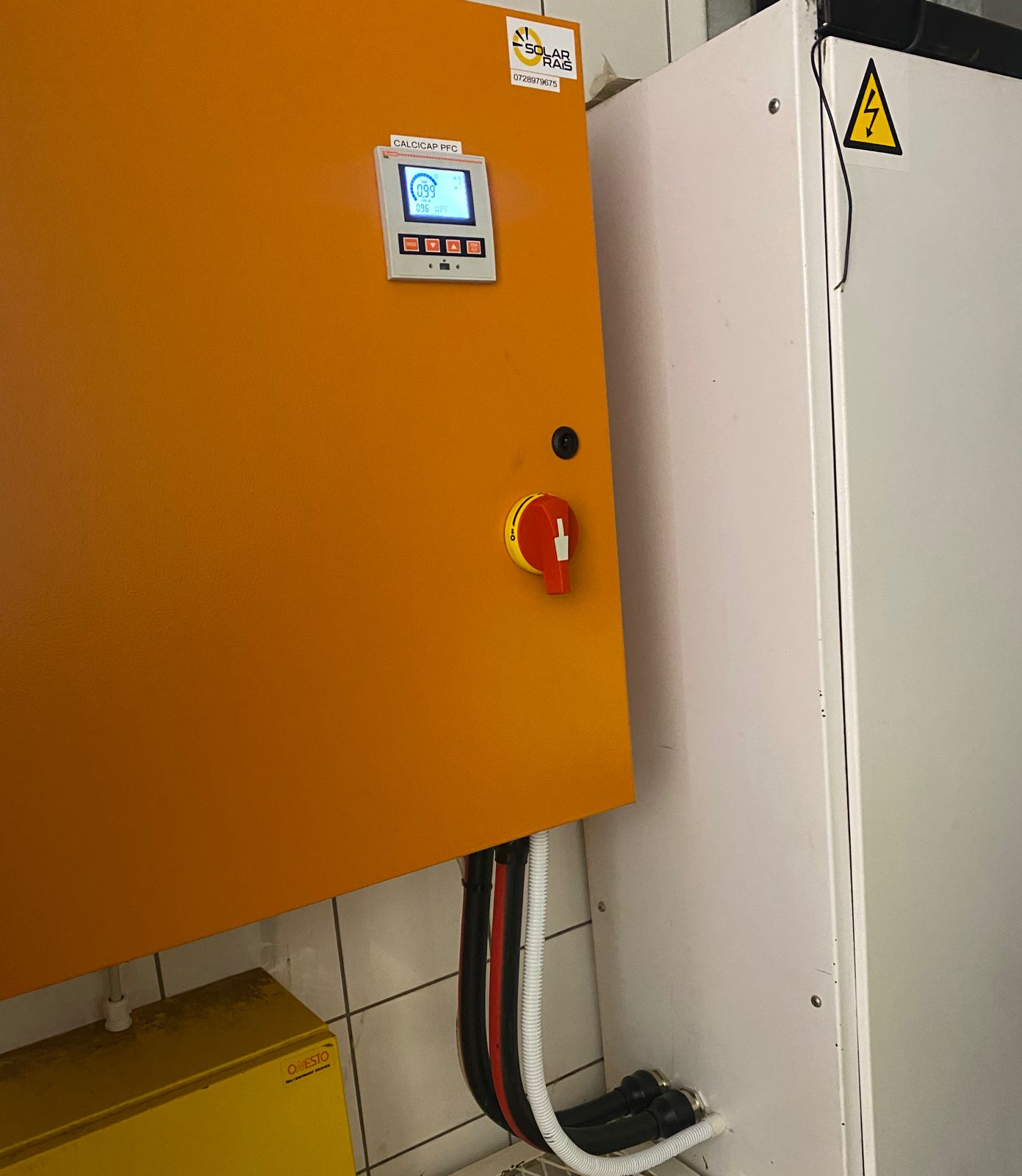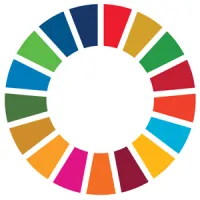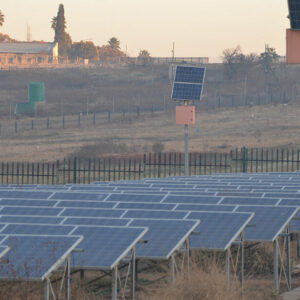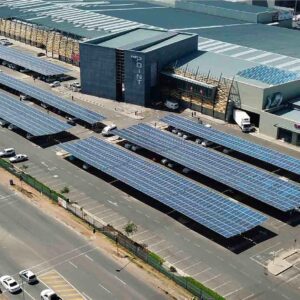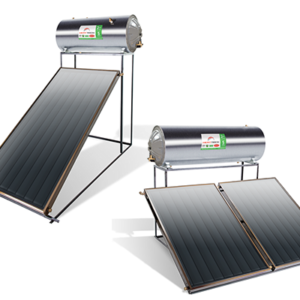Located in the City of Tshwane of Gauteng, South Africa, the Calcicap Power Factor project consists of 1 Calcicap power factor correction unit project in the RSA region with a total installed capacity of 50 kVA. The project produces 27 tons of carbon reduction annually by improving energy efficiency in real estate at the point of electrical consumption with reactive power compensation facilities (RCF). Saving the South African national grid – enough to power over 12 local homes!
The project is a Restaurant’s first implementation of UN SDG focused products to compliment existing building infrastructure. Situated at the Fedsure Forum Building CBD, the Calcicap project partner during the design process was Schneider Electric, with the metering monthly being provided by RMS, which is line with partnerships for the Sustainable Development Goals, SDG17. The project is ongoing and is scheduled to continue reducing the carbon required per restaurant shop, the first installation was Dec 2021.
